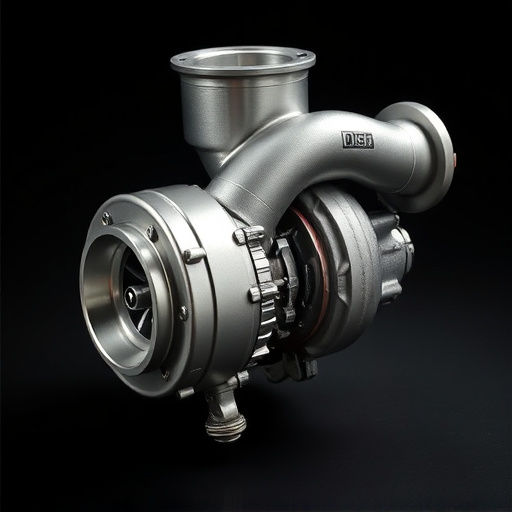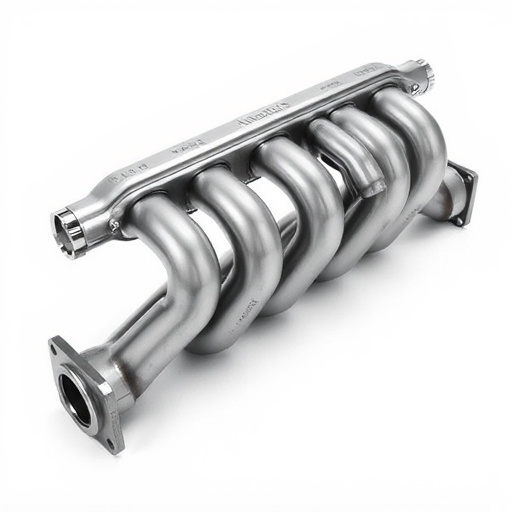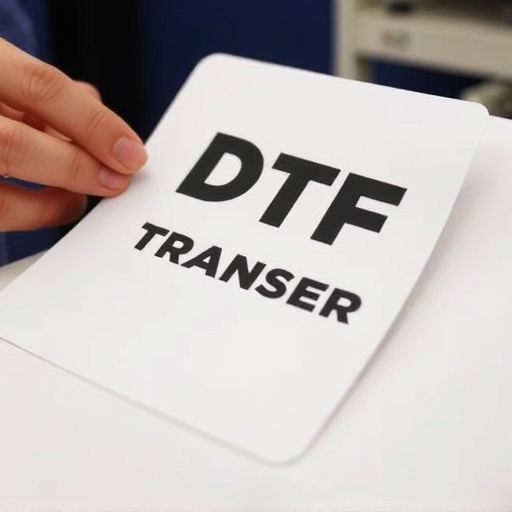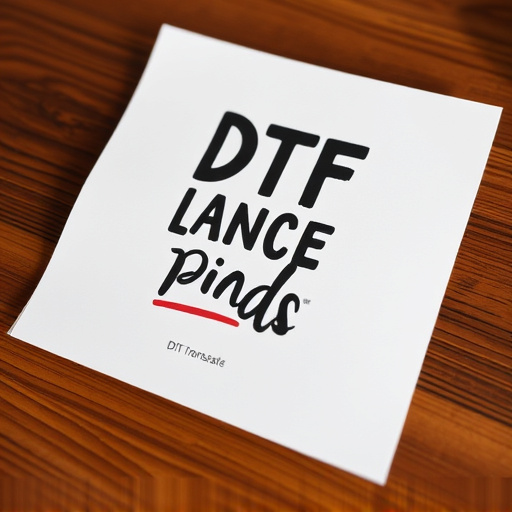The Direct-to-Film (DTF) transfer process is a cutting-edge method for preserving and showcasing detailed illustrations, offering pixel-perfect replication through direct film printing. Combining digital artistry with traditional filmmaking, DTF transfers involve high-resolution scanning, software enhancement, and precise projection onto film stock. Critical considerations include selecting high-quality materials like archival papers and pigment-based inks, as well as appropriate film stocks for desired visual effects. Meticulous technical precision is required to balance file formats, compression, color calibration, and other factors, ensuring the original artwork's integrity. DTF has diverse applications in art, entertainment, set design, prop making, and custom graphic materials, revolutionizing how illustrations are brought to life with unique tactile quality and long-lasting preservation.
“Discover the captivating world of DTF (Direct-to-Film) transfers, a revolutionary process that brings detailed illustrations and designs to life on film. This article delves into the intricate art of converting two-dimensional art into a cinematic experience. From understanding the DTF transfer process to choosing the right materials and technical considerations, we’ll guide you through every step. Explore the benefits, applications, and best practices to unlock the full potential of this unique technique, ensuring seamless execution and stunning visual results.”
- Understanding DTF Transfer: A Process Overview
- The Art of Converting Illustrations to Film
- Choosing the Right Materials for Optimal Results
- Technical Considerations for Seamless Execution
- Benefits and Applications of DTF Transfers
- Best Practices and Common Pitfalls to Avoid
Understanding DTF Transfer: A Process Overview
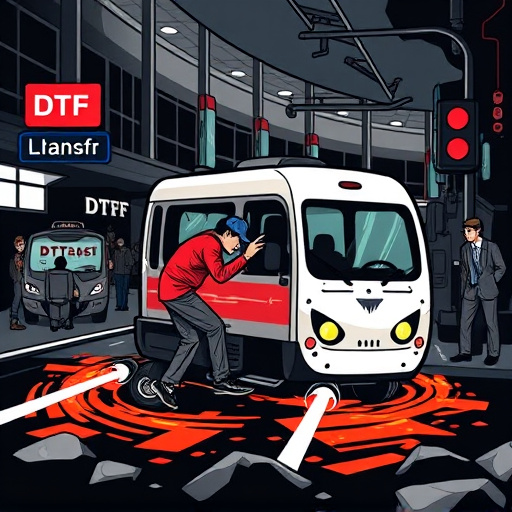
The DTF (Direct-to-Film) transfer process is a cutting-edge technique that revolutionizes the way we preserve and showcase intricate illustrations and designs. It offers an innovative solution by directly transferring high-quality images onto film, creating a tangible, permanent record. This method eliminates the need for traditional printing or scanning, ensuring a more accurate representation of the original artwork.
The process begins with meticulous preparation, where the illustration or design is carefully scanned at high resolution to capture every detail. Advanced software then enhances and optimizes the image, readying it for the transfer. Next, specialized equipment projects the enhanced image onto film, creating a precise, pixel-by-pixel replication. The result is a stunning, detailed transfer that can be used for various applications, from artistic prints to unique merchandise, bringing static designs to life in a truly remarkable way.
The Art of Converting Illustrations to Film
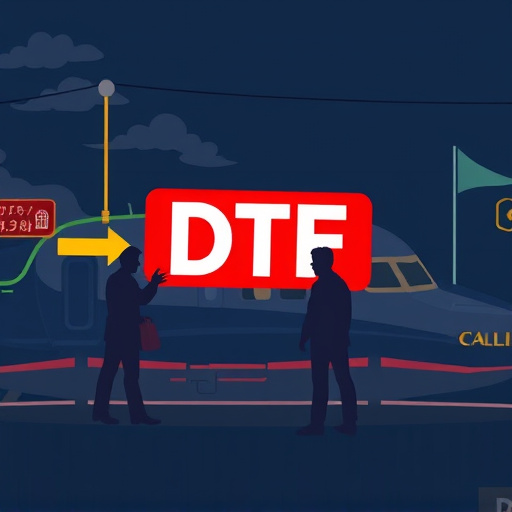
The process of converting detailed illustrations and designs into film transfers, often referred to as a DTF (Direct to Film) transfer, is an art in itself. It involves a meticulous transformation where digital artistry meets traditional filmmaking techniques. This unique method captures the intricate details and vibrant colors of illustrations, bringing them to life on a medium that has long been associated with storytelling and visual expression.
By utilizing specialized equipment and software, artists can scan or capture high-resolution images of illustrations, followed by precise adjustments to enhance clarity and color accuracy. The digital file is then prepared for the transfer process, ensuring it aligns perfectly with the desired film stock. This meticulous attention to detail ensures that the final product retains the original artwork’s charm while offering a new dimension through its analog presentation.
Choosing the Right Materials for Optimal Results

When it comes to creating a DTF (Direct to Film) Transfer, selecting the appropriate materials is paramount for achieving optimal results. The process involves transferring intricate illustrations or designs onto film, requiring precision and attention to detail. High-quality, archival papers and inks are essential to ensure the final product maintains its vibrancy and longevity. Opting for pigment-based inks, known for their durability and color accuracy, can significantly enhance the visual appeal of the transferred image.
Furthermore, the choice of film stock plays a crucial role in the overall quality. Professional-grade, fine-art films offer superior resolution and texture, capturing even the subtlest details of the original design. It’s important to consider factors like base material, sensitivity to light, and color consistency when selecting film for DTF transfers, as these choices directly impact the final printed outcome.
Technical Considerations for Seamless Execution

The process of transforming detailed illustrations and designs into film transfers, often referred to as Digital to Film (DTF) Transfer, requires meticulous technical considerations for seamless execution. One of the primary challenges lies in preserving the original artwork’s intricate details and colors accurately on film media. This involves selecting appropriate file formats and compression settings that balance quality and size without introducing artifacts or lossy degradation.
Additionally, color calibration plays a pivotal role in ensuring consistency across digital and analog mediums. Precise adjustments to color profiles, gamma correction, and white balance settings are essential to match the visual aesthetics of the original artwork. The choice of film stock, including its grain structure and sensitivity, also impacts the final result. Careful consideration of these technical aspects ensures that the transferred imagery retains its artistic integrity and visual appeal.
Benefits and Applications of DTF Transfers

Detailed illustrations and designs, once confined to paper or digital screens, can now be brought to life through a revolutionary process known as Direct-to-Film (DTF) transfers. This cutting-edge technique offers numerous advantages, especially in the realms of preservation, art, and entertainment. By directly transferring intricate patterns and images onto various film stocks, DTF enables the creation of unique, high-quality, and long-lasting visual representations.
The applications of DTF transfers are vast and diverse. In the field of art, it allows artists to create limited-edition prints with a distinctive tactile quality. For filmmakers and photographers, DTF provides an innovative way to preserve and share their work, ensuring that the colors, textures, and details remain intact. It also finds utility in set design, prop making, and costume creation for films and theater productions, adding layers of depth and authenticity to visual storytelling. Moreover, DTF transfers can be utilized in the production of custom graphic materials, such as posters, invitations, and even wearable art, catering to both professional and personal creative endeavors.
Best Practices and Common Pitfalls to Avoid

When transforming detailed illustrations and designs into film transfers (DTF), there are best practices to follow for optimal results. Firstly, ensure your original artwork is high-resolution and well-prepared. This includes using vector graphics whenever possible, as they scale seamlessly and preserve detail. Secondly, choose a suitable film stock that matches the desired aesthetic of your final piece. Different films offer distinct grain structures and color palettes that can enhance or disrupt the illustration’s charm.
Common pitfalls to avoid include low resolution or poor-quality source art, which can result in pixelation and loss of detail. Using the wrong film stock can also lead to undesirable artifacts or colors that don’t align with the original design. Remember, the scanning process is sensitive; dust, scratches, or improper lighting during scanning can negatively impact the final transfer. Lastly, avoid over-editing the scanned image; while some touch-ups are expected, excessive alterations might compromise the integrity of the DTF transfer.
